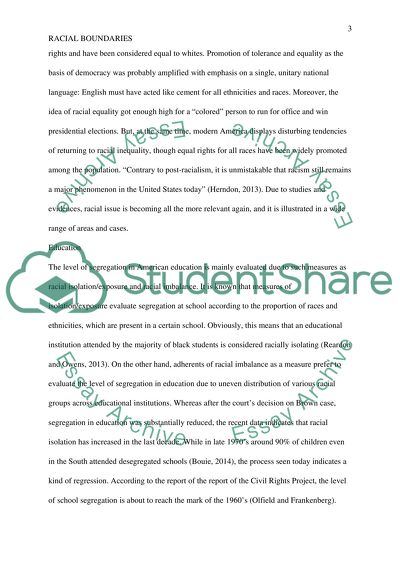Cite this document
(“Racial Boundaries Research Paper Example | Topics and Well Written Essays - 2000 words”, n.d.)
Retrieved from https://studentshare.org/sociology/1671979-racial-boundaries
Retrieved from https://studentshare.org/sociology/1671979-racial-boundaries
(Racial Boundaries Research Paper Example | Topics and Well Written Essays - 2000 Words)
https://studentshare.org/sociology/1671979-racial-boundaries.
https://studentshare.org/sociology/1671979-racial-boundaries.
“Racial Boundaries Research Paper Example | Topics and Well Written Essays - 2000 Words”, n.d. https://studentshare.org/sociology/1671979-racial-boundaries.


